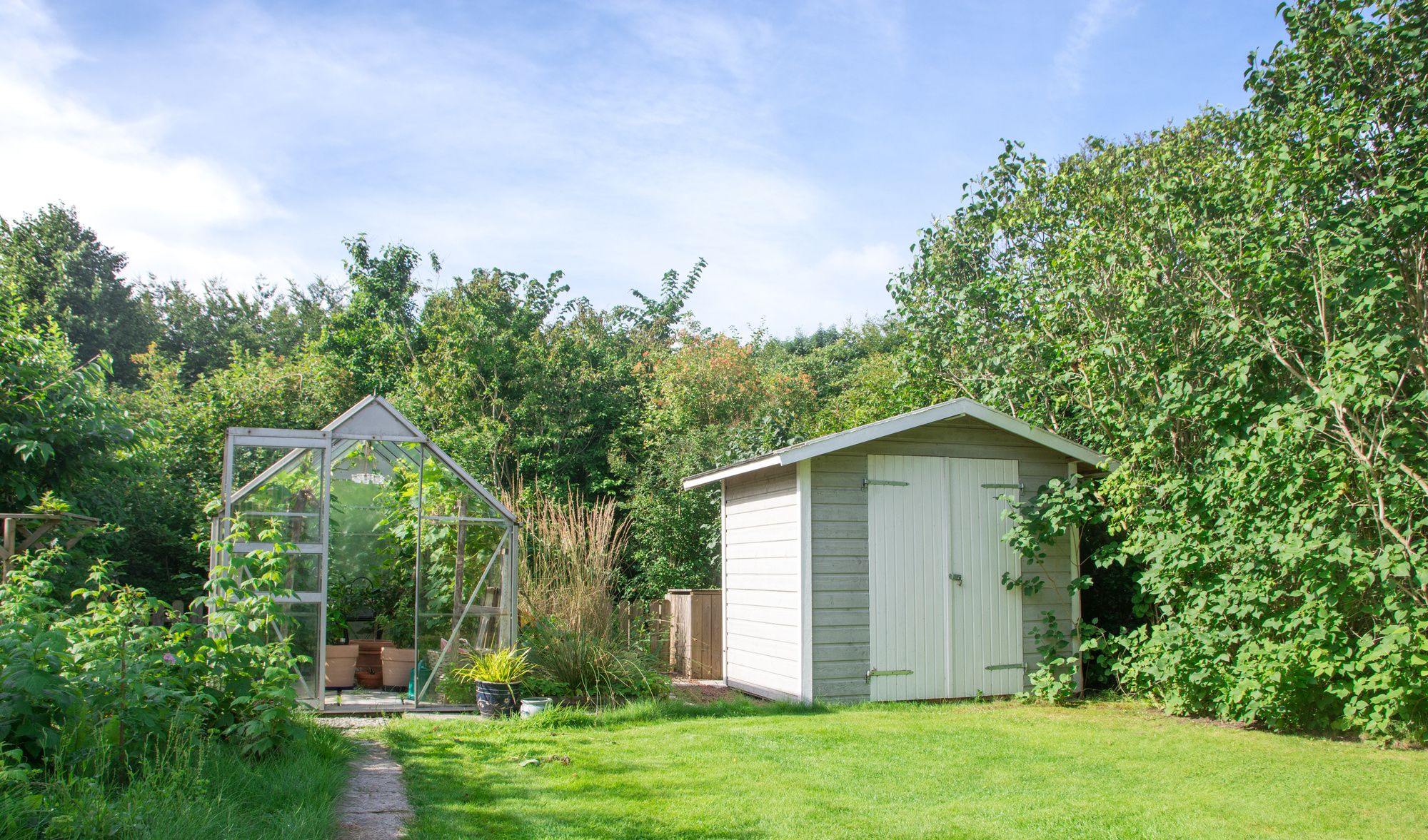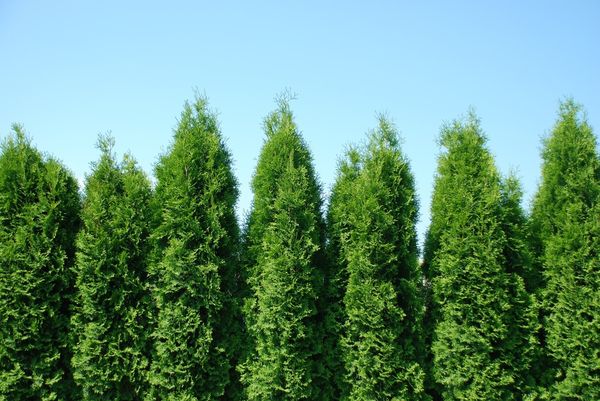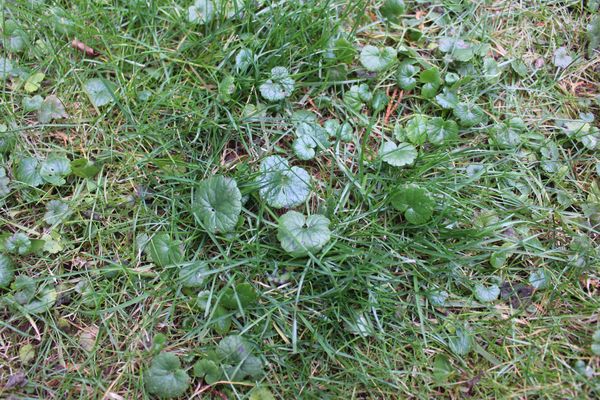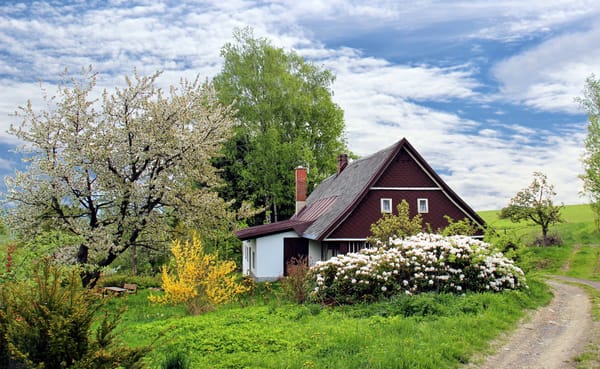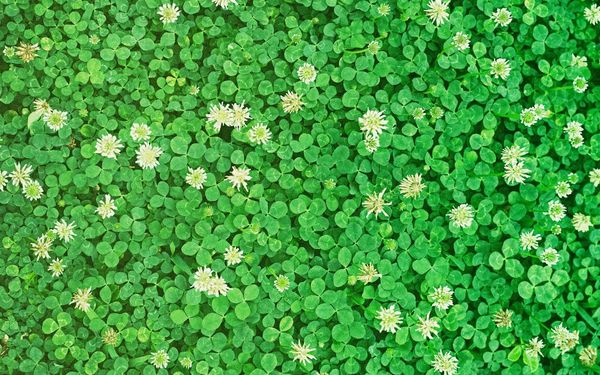Creating a sanctuary outside the confines of your home can be an enriching experience. When properly maintained, an outdoor space can serve as an oasis of relaxation, a venue for gatherings, or simply a peaceful retreat to enjoy nature. However, it's common for these areas to succumb to clutter, losing their charm and potential. The journey to rejuvenate such spaces can seem challenging, but with strategic steps, it's achievable. Below are some valuable tips to help you organize this place:
Choose And Optimize Storage Solutions
Choosing the proper storage solution and maximizing its use is the key to maintaining an organized and clutter-free open-air area. While numerous storage options exist, the Duratuf Garden Shed stands out for its durability, aesthetic appeal, and storage capacity, making it an ideal choice for any exterior area.
Once you've selected your storage solution, decide where to place the shed, considering both ease of access and aesthetics. Place it in an area that's easy to reach but tucked away so it doesn't dominate the view—conveniently located for storing gardening tools, outdoor furniture cushions, or kids' toys, depending on what you plan to keep.
When you've settled on the shed's location, plan its internal organization to suit your needs. Divide the space into various sections for every item. Ensure to prioritize things based on how frequently you use them—Reserve easily accessible spots for commonly used items and store seasonal infrequently used products in less reachable areas.
Devise A Plan For Your Outdoor Space
The next crucial step in transforming an external space is thorough planning. This involves visualizing the area and its potential, then creating a roadmap to bring this vision to life. To have a transparent scheme:
- Assess the current state of your outdoor area: Look for elements that add value to it and those that detract from its potential charm.
- Consider what you desire for this space: Envision the various activities you'd like to enjoy here. This could range from quiet relaxation, gardening, and playing with kids to hosting social gatherings.
- Map out different zones: Depending on the number of activities you have, you may divide them into different zones, considering the size and shape of your external area. For example, you can place a dining area near the back door for easy access, a play area at the far end, or a cozy nook in a shady corner for relaxation.
Think about the transition between these zones. You may have paths, hedges, or design elements separating the different areas and smoothly flowing from one zone to another.

Upcycling For Enhanced Aesthetics
Upcycling is a creative and sustainable way to enhance the aesthetics of your outdoor space. It transforms unused or discarded items into valuable, functional, or beautiful pieces. Beyond adding visual interest, upcycling reduces waste, making it a highly eco-friendly practice.
Look around your home for potential items to upcycle. For example, you could paint and repurpose an old ladder as a unique plant stand, offering a charming vertical display for potted plants or herbs. You may also consider old pieces of furniture. You could transform an unused coffee table into a stunning centerpiece in your outdoor seating area. Add a fresh coat of weather-resistant paint, and replace the top with a mosaic design or tiles for a unique touch.
You can also upcycle smaller items. For instance, you turn old jars or wine bottles into beautiful lanterns or candle holders. Hung from trees or placed around your seating area, they can provide a warm, inviting evening glow.
Maintenance Is Key
Once you've transformed your outdoor area from clutter to charm, the goal is to maintain its appeal. To start, maintain the cleanliness of the space. Regularly sweep the room, clean the furniture, and keep the surfaces free of dust and debris. This not only preserves the look of your outdoor space but also prolongs the lifespan of your furniture and other elements. Other maintenance tips include the following:
- Keep your greenery in check: Regularly prune your plants, mow the lawn, and remove any weeds. Overgrown or neglected plants can quickly diminish the charm of an outdoor space.
- Paying attention to your outdoor decor and furnishings: Over time, they may fade under the harsh elements. Consider re-painting or re-staining wooden furniture or giving metal pieces a fresh coat of rust-resistant paint. This will keep them looking their best and continue contributing to your space's overall charm.
- Focusing on your storage space: Regularly declutter and organize your shed. Making this a seasonal task, perhaps at the change of each season, can ensure it never gets out of control. This will make it easier to find and store items and maintain the overall orderliness of your outdoor space. Over time, your needs or tastes change. Feel free to reevaluate your area and make changes as needed. You may want to add a new zone, remove an unused one, or switch up the style of your decor.
Make sure to enjoy your space. The most charming outdoor spaces are those that are used and loved. Regularly using and appreciating your area is the best way to maintain its charm.
Conclusion
Creating a well-organized and charming outdoor space can transform your lifestyle and add value to your home. The journey might seem daunting at first, but every step brings you closer to achieving a calming sanctuary that reflects your personality and is a testament to your efforts. Embrace this transformation journey and create an outdoor haven you can proudly call your own.

